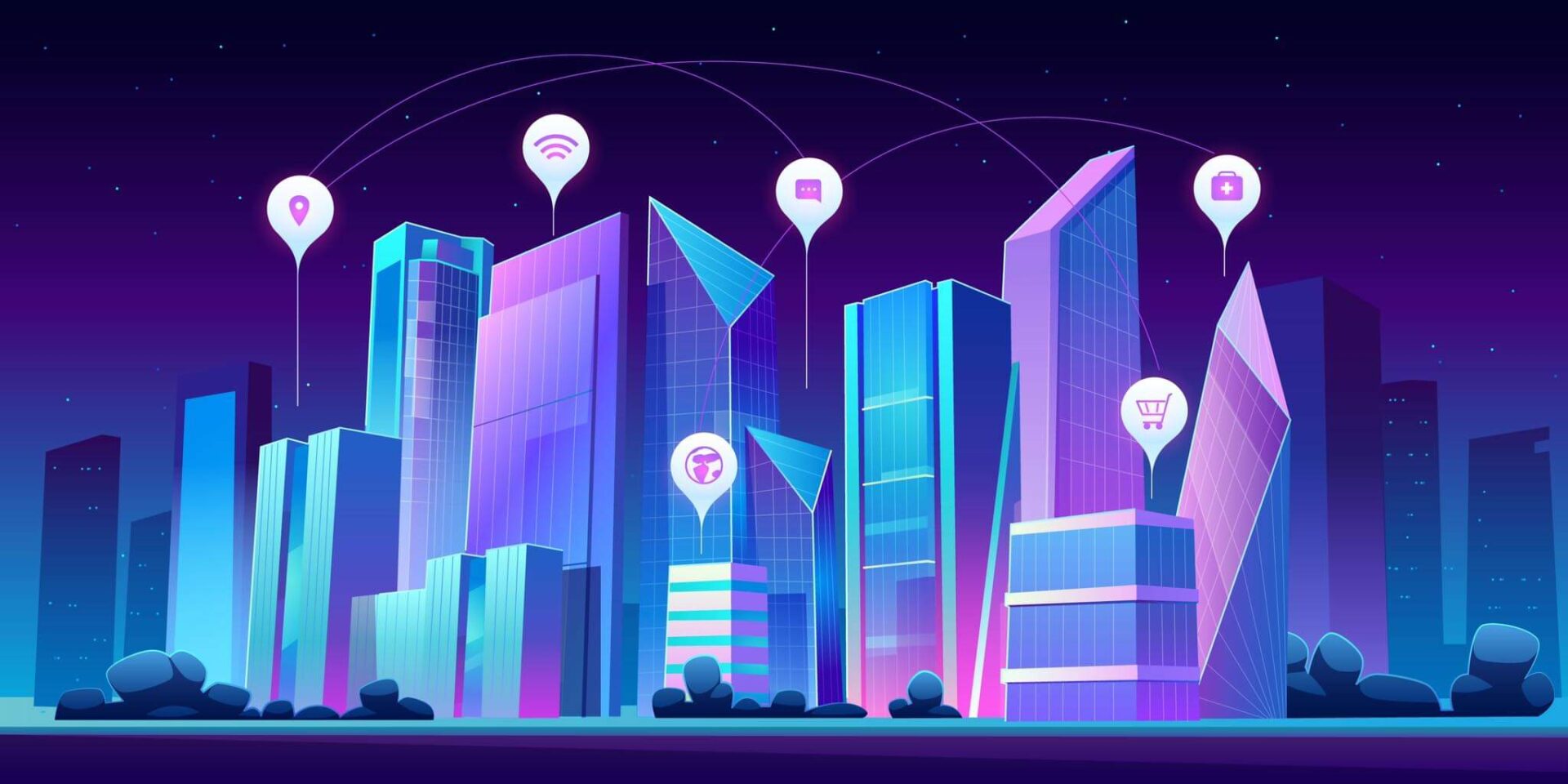 Smart cities are the future of urban living as technology will play an ever-important role in governance, making social services accessible and making sure that the future is sustainable for the next set of generations.
Smart cities are the future of urban living as technology will play an ever-important role in governance, making social services accessible and making sure that the future is sustainable for the next set of generations.
A smart city is defined as a city that utilize technology to better deliver services such as healthcare, mobility and using new methodologies to make city living “smarter” when it comes to governance, administration, the utilization of resources and planning for the future.
2020 was an unprecedented pandemic for the Philippines and Metro Manila, the largest urban metropolis in the country, has seen its share of disruption when it comes to life, work and social services.
With lockdowns and heightened social restrictions in order to curb the spread of the pandemic, the past year and the current year have altered the day to day life of citizens and public officials.
Despite the ups and downs of the pandemic, Metro Manila is starting to piece together the core pillars of what makes a smart city:
• Governance – Agile and Responsive leadership to the changing time.
• Internet & Communications – ICT serves as the backbone for the implementation of key
technologies.
• Inclusive and Sustainable Growth – No one is left behind as social programs and subsidies
must be set aside for the unfortunate and to support their development to be contributing members of society.
• Technology – The utilization of technology on key avenues such as administration, social
services and transactions.
• Measurement – Gaining insights from measuring the data and information coming from
livable and environmental variables Technology.
During the height of the pandemic, Metro Manila and its key cities were quick to implement multi-faceted technologies for safety: QR code contact tracing, thermal scanners for temperature checks, online registration for vaccination, e-governance for public officials, work from home flexible setups for city administrators and visual analytics to create data models in surveying the impact of the pandemic to the general population.
The speed of the adoption is notably admirable and it is climate where the world too, had accelerated its digital and technological adoption by years in just a few months. The same happened to Metro Manila and these cumulative technologies will be here for years to come.
Still, there is more work to be done as the emergence of new technologies and other innovative ideas on city living will continue to evolve in the next set of years. The national government, the city leaders and other civic groups must keep an eye on these technologies:
• Advance Analytics for Governance – To measure, give insight and fuel future policies on the basis of making informed decision on matters such as social issues, environmental issues and governance effectiveness.
• Environmental Sensors – To measure and track the carbon footprint and environmental impact of industries such as agriculture, manufacturing, automotive, energy and other verticals to the sustainability and renewability efforts as climate change are also being increasingly felt across the archipelago.
• Sustainable Development Goals – As pointed out by the United Nations on the inclusive and sustainable development of cities and society where there is equality, freedom, reinforcing human rights and responsibility under the accounts of governance.
• Renewable Technology – If there is a way in doing things much better in terms of cleaner, greener and more renewable, the old practices in business, development, infrastructure and resource consumption must give way to the smarter and more efficient way of city building.
The swift implementation of key technologies in Metro Manila was a huge step for the country as it aims to develop more eco-friendly smart cities where livability and the quality of life will be better for all.
However, there is more work to be done, more research and development to follow in order to transform city governance to keep pace with their western counterparts and transform the Philippine cities into smart cities.





